Storage maker LaCie is launching two new pro-oriented RAID products, the Rugged RAID Shuttle and the 2big RAID, both featuring USB-C connectivity.
The Rugged RAID Shuttle is portable model available in a single 8 terabyte capacity, and can operate in either RAID 0 or 1, the former for maximum performance and the latter for redundancy. In RAID 0 it offers speeds up to 250 megabytes per second.
While it connects to both Thunderbolt 3 and USB-C, port speeds are limited to the 5 gigabits per second of USB 3.1 Gen 1. Both Thunderbolt/USB-C and USB-C-to-USB-A cables are included in the box.
The unit is surrounded by an orange rubber shell helping to protect against drops up to 4 feet. The layer also aids the drive's IP54 rating against water and dust.
The stationary 2big RAID comes pre-formatted for exFAT, and can operate at much faster speeds, up to 440 megabytes per second. Its Thunderbolt 3/USB-C port offers USB 3.1 Gen 2 bandwidth up to 10 gigabits per second.
The 2big RAID is shipping later this month in 4-, 8-, and 16-terabyte capacities, costing $419, $529, and $739, respectively. The Rugged RAID Shuttle is due in May for $529.99.
 Roger Fingas
Roger Fingas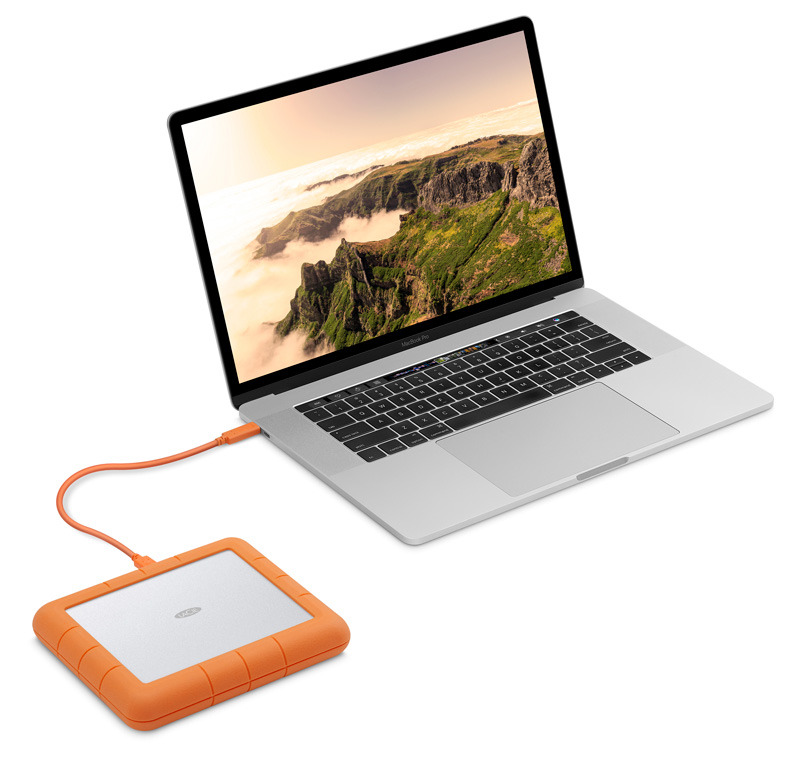
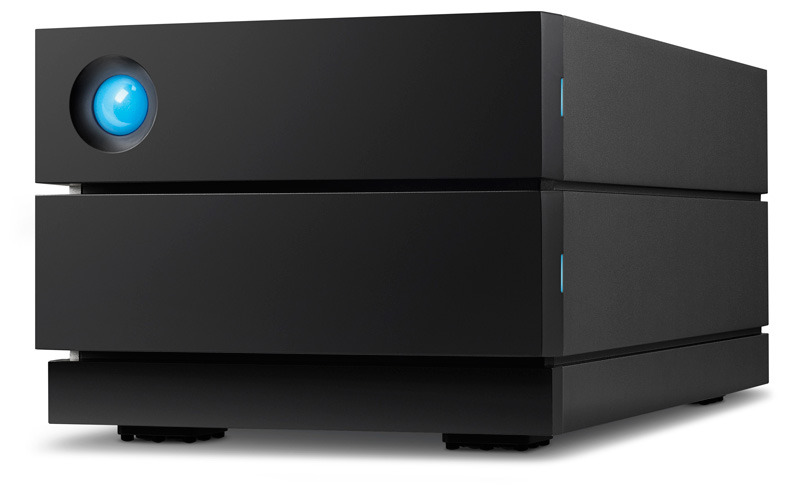

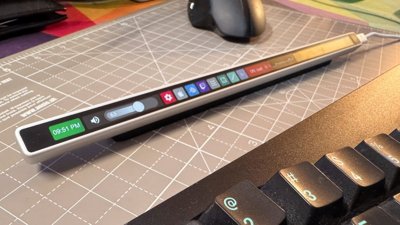
 Malcolm Owen
Malcolm Owen
 Charles Martin
Charles Martin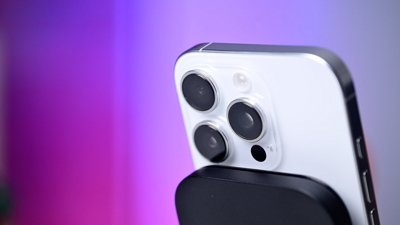
 Andrew O'Hara
Andrew O'Hara
 Amber Neely
Amber Neely
 Oliver Haslam
Oliver Haslam

 Christine McKee
Christine McKee

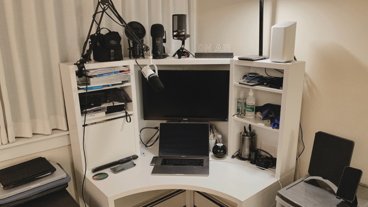




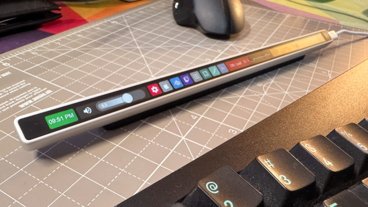


7 Comments
I have set up and worked with RAID in the past. But the average consumer doesn't care about RAID and therefore won't buy it. What some company needs to do, if they want to sell their product, is innovate. Specifically, someone needs to invent a drive that changes its own RAID configuration automatically depending upon how the data is accessed and how much data there is. For example, if less than 10% of the drive's space is being used, it should implement mirroring. If certain files are being accessed a lot it should implement striping. (And perhaps even a simultaneous mix of striping and mirroring.) And it should dynamically change as the user's needs change. In a way Apple's Fusion drive technology is already a step in this direction: files are moved between HDD and SSD as the drive sees fit, without knowledge of the user. This synthesis approach ("SynDrive" - I just coined that word, and a Google search indicates that word is not used much) should work on either HDD or SSD memory devices. For SynHDDs you probably require multiple HDDs and for SynSSDs you probably require multiple SSDs or you may not be gaining very much. I think either the OS or the physical device could handle the details, but it's more likely in the OS because device manufacturers historically don't write much software. I hope we see this innovation before I die. Oh, here's another good name for this innovation: BlenDrive. P.S. There needs to be two separate cables going into the BlenDrive to allow for redundancy in the physical drive controllers. And in the spirit of the round pizza box by Apple, the new Apple SynHDD should be cylindrical because HDD disk platters are circular. :)
Well I use Raid 1 disk mirroring at home, but I’m looking now at replacing my ‘spinning rust’ HDDs with SSDs. SanDisk have decent Terabyte portables that use USB 3.1 Gen 2 bandwidth and the new Samsung Thunderbolt 3 drive is almost as fast as a Mac’s internal SSD!
Every Lacie drive I have ever purchased (four) in the past failed. I always unmount before disconnecting or powering off. Every other drive I have purchased from every other maker has not. I am not sure what their failure rates are these days?
Raid 0 and Raid 1 seem merely marketing designations -- not the kinds of Raid a pro would need.